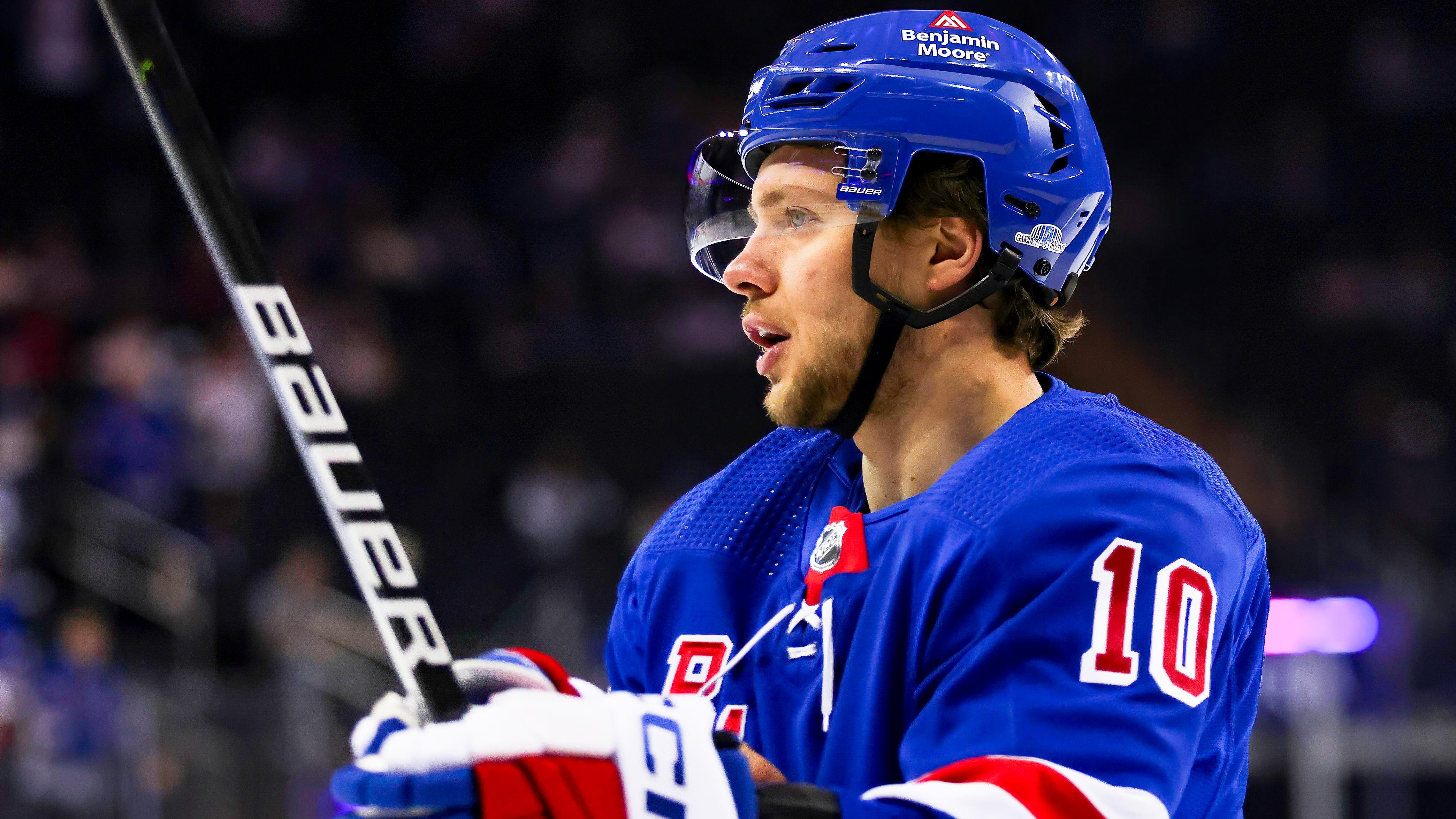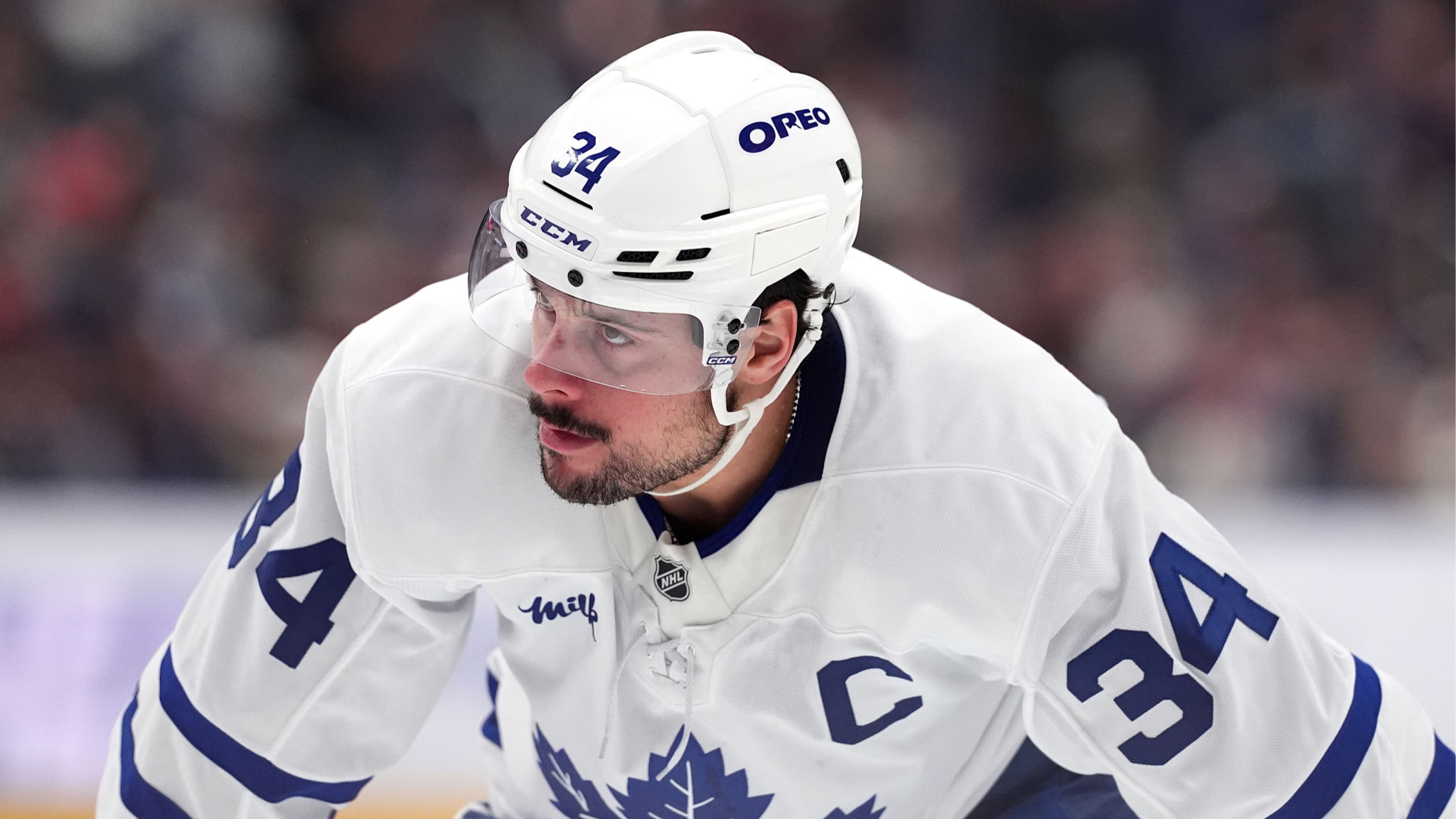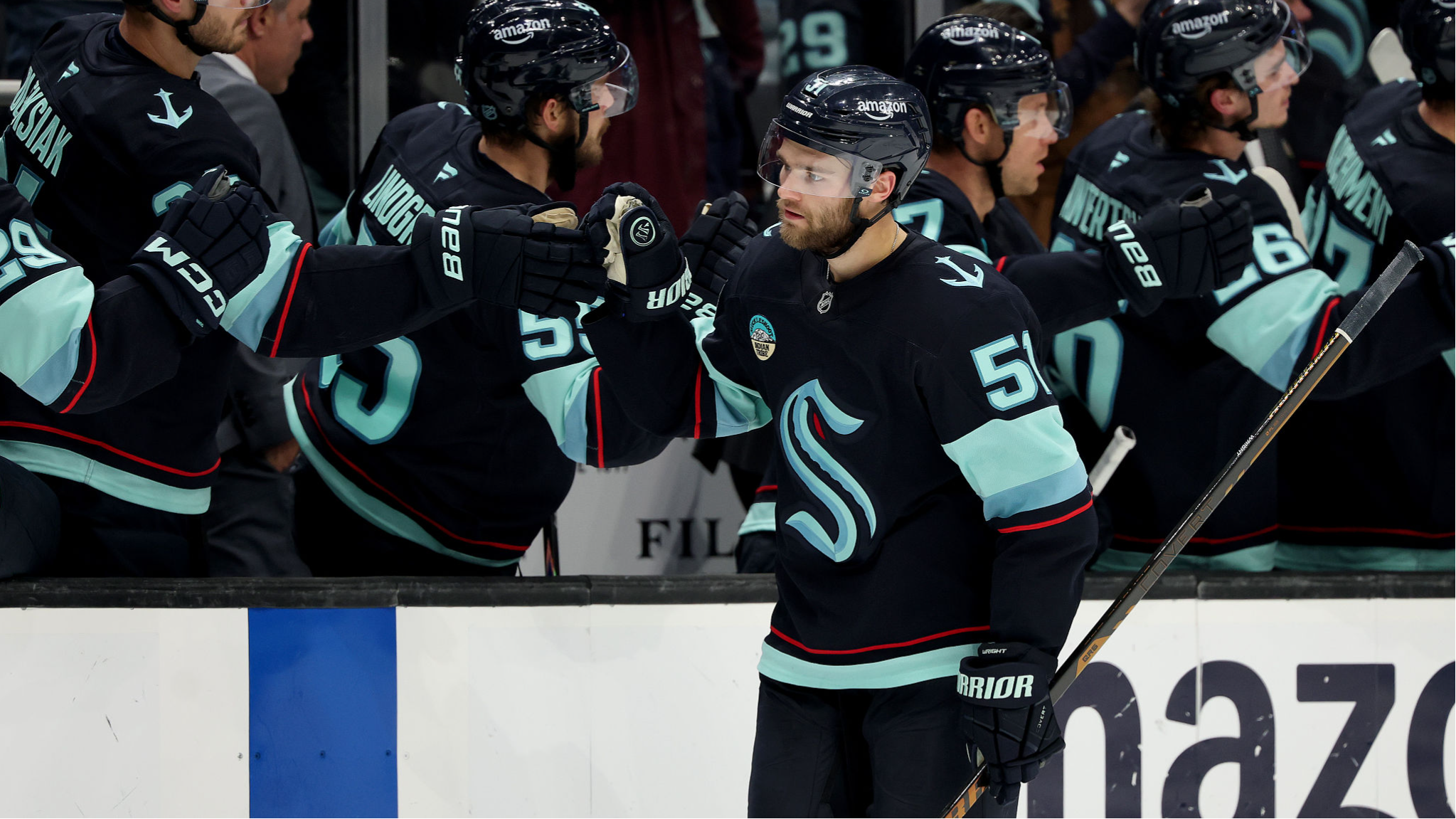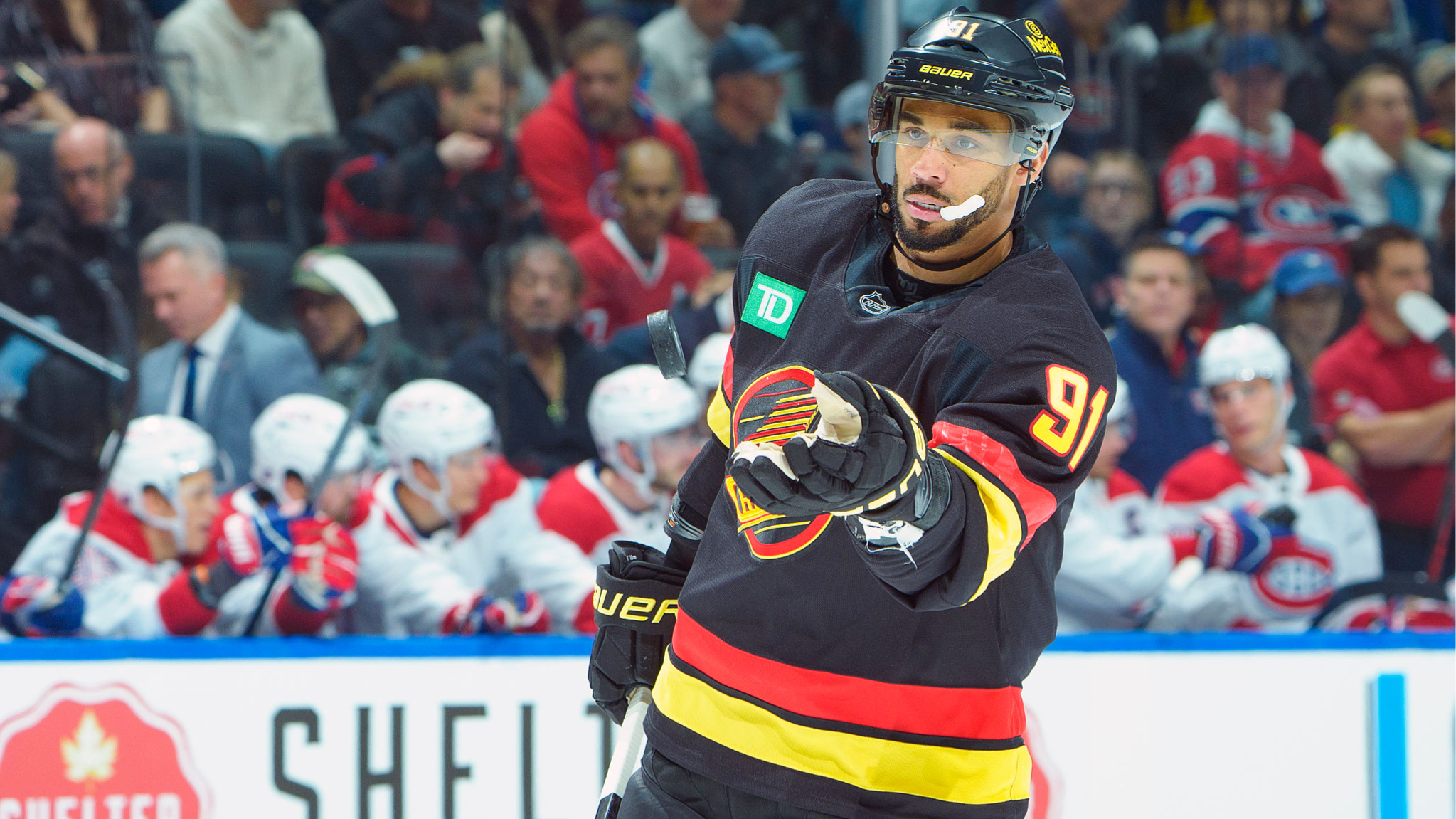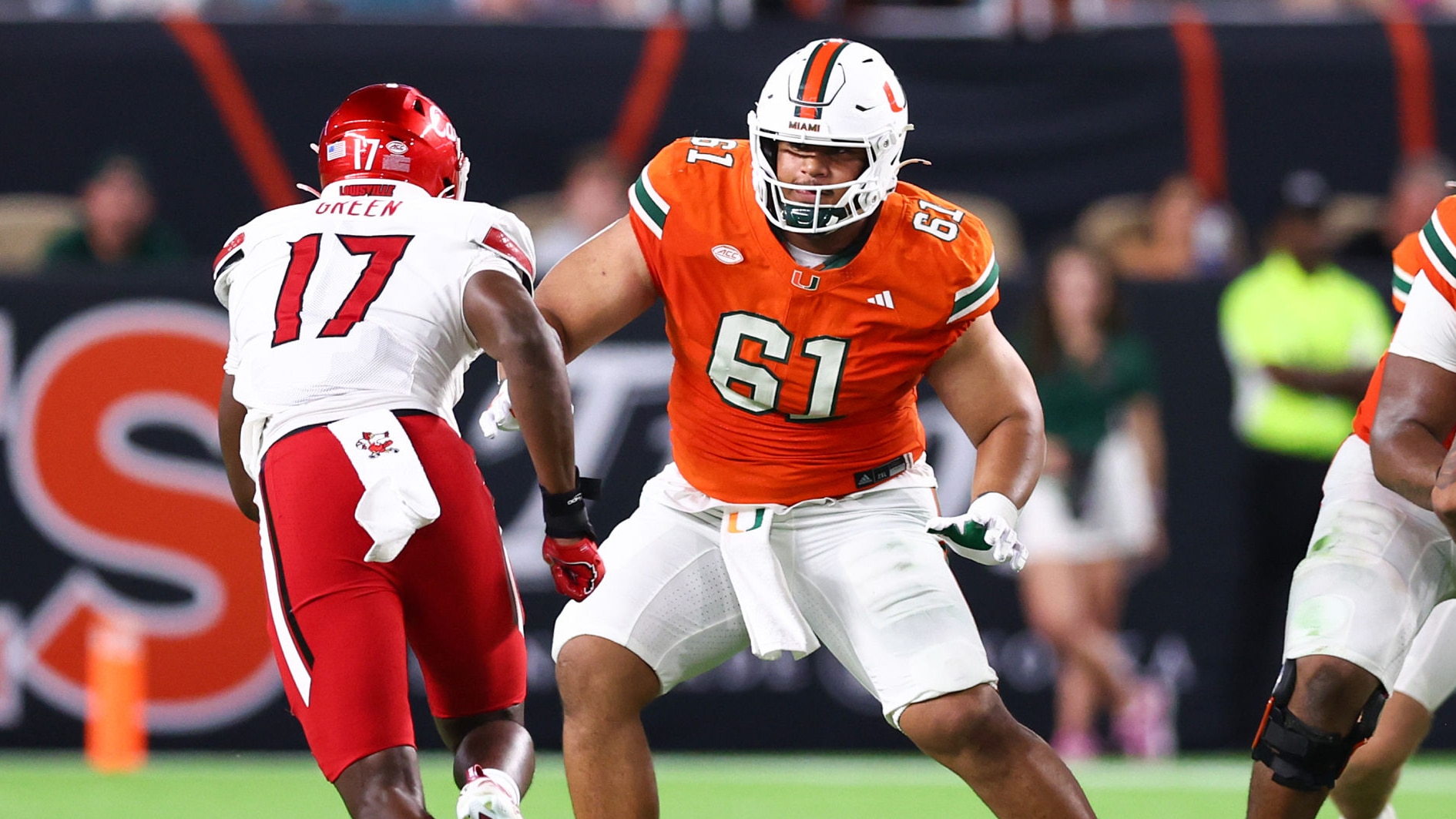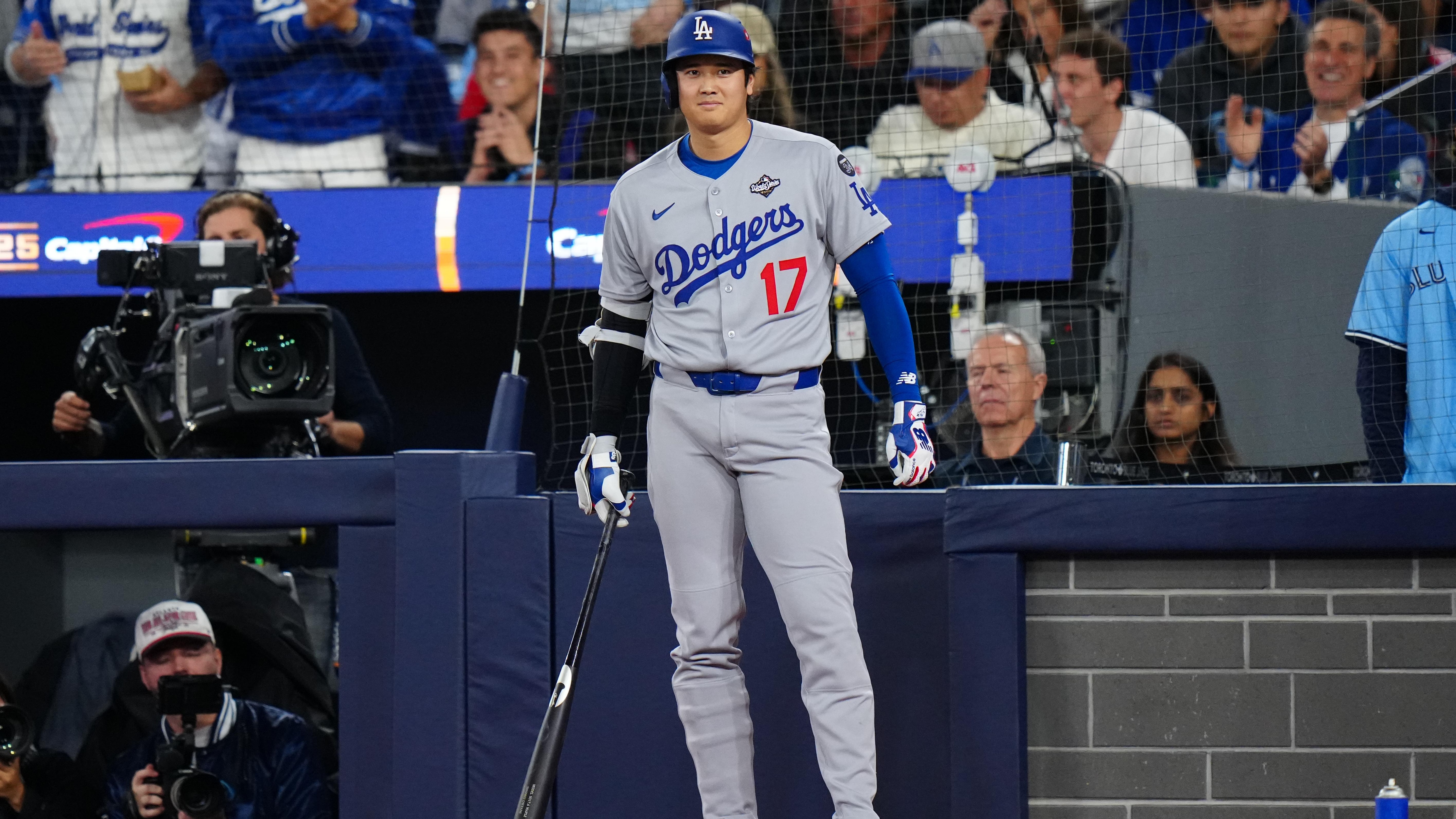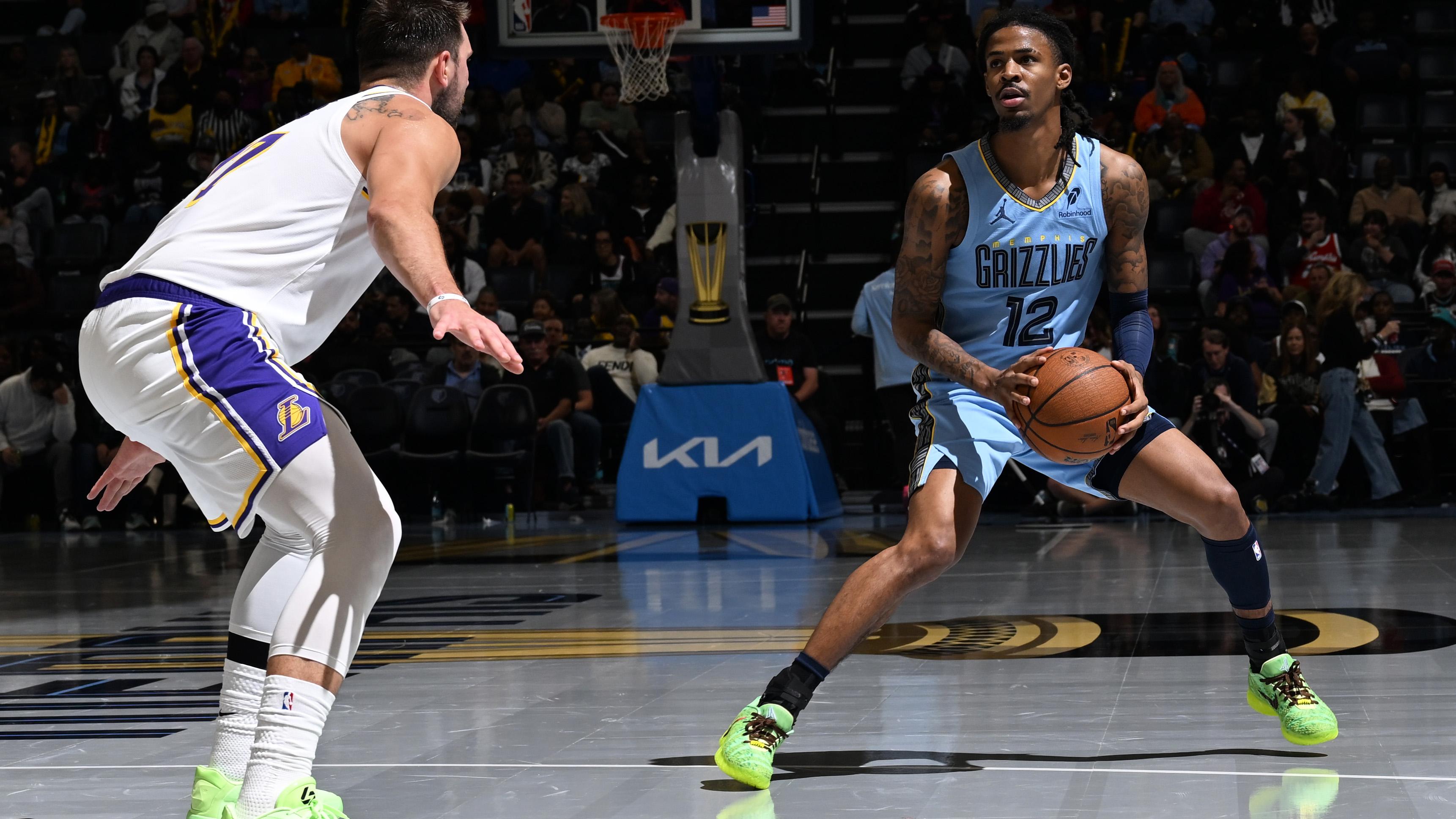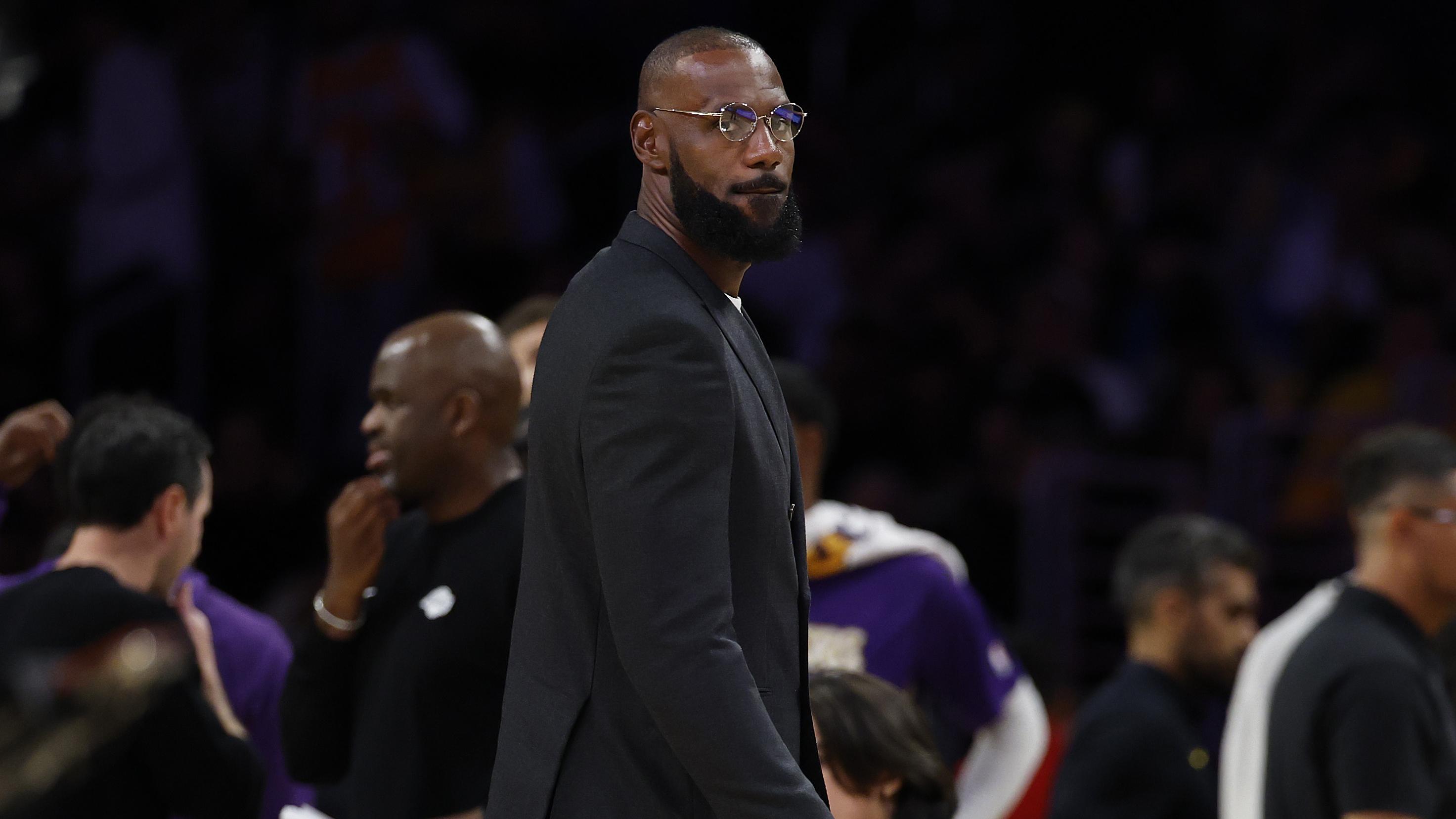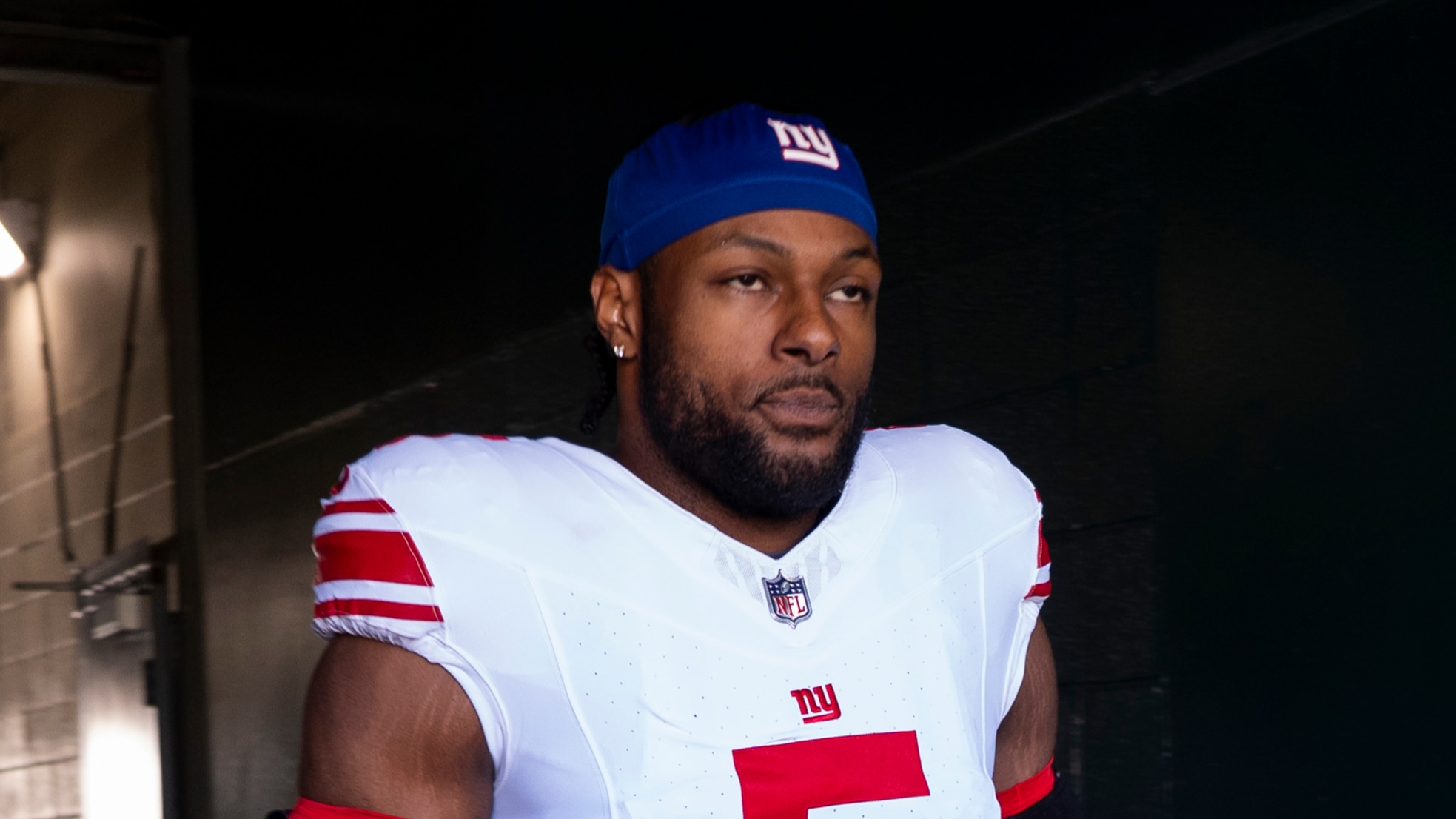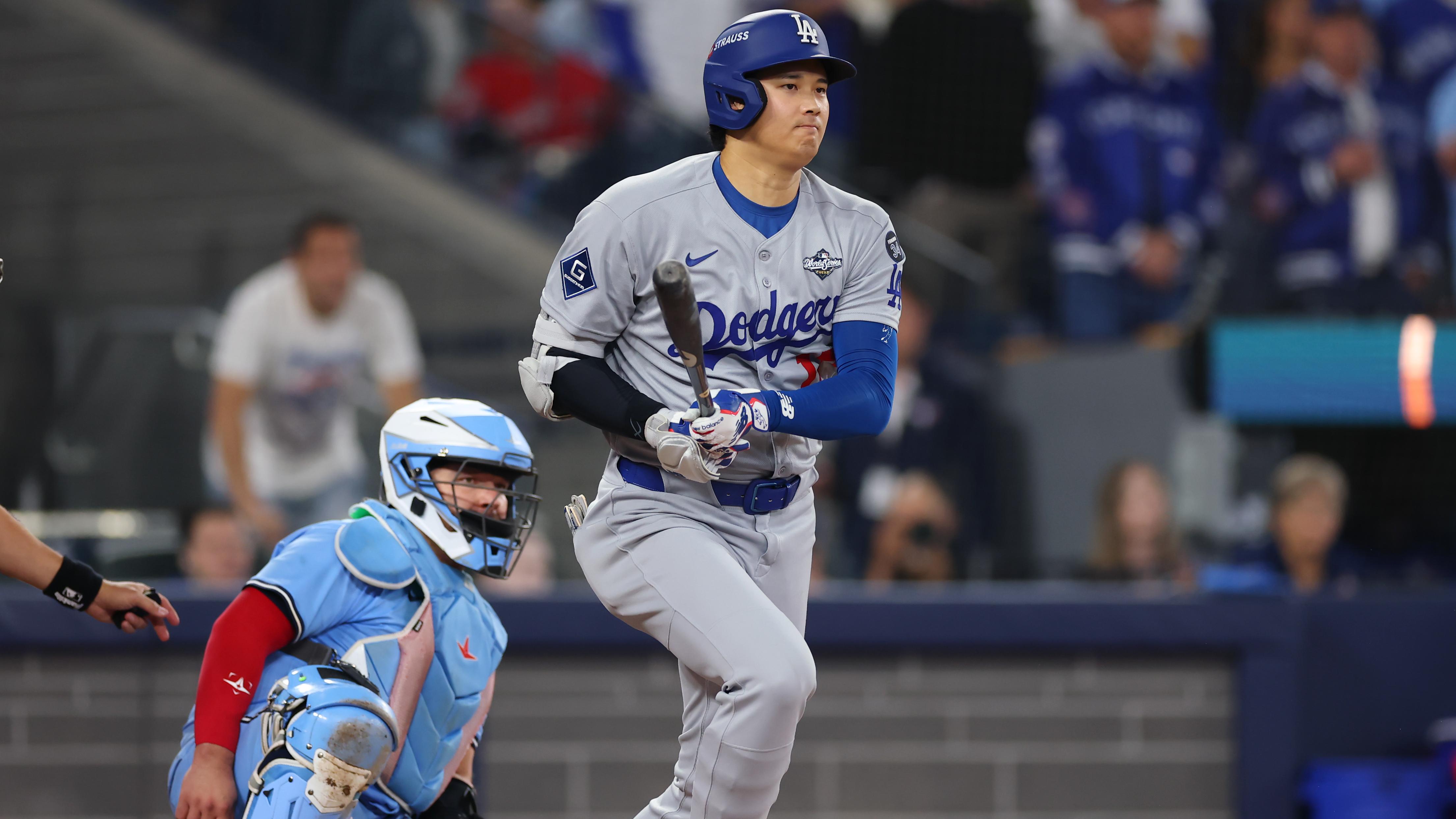Featured Video
Nightmare Halloween Prank 🤡
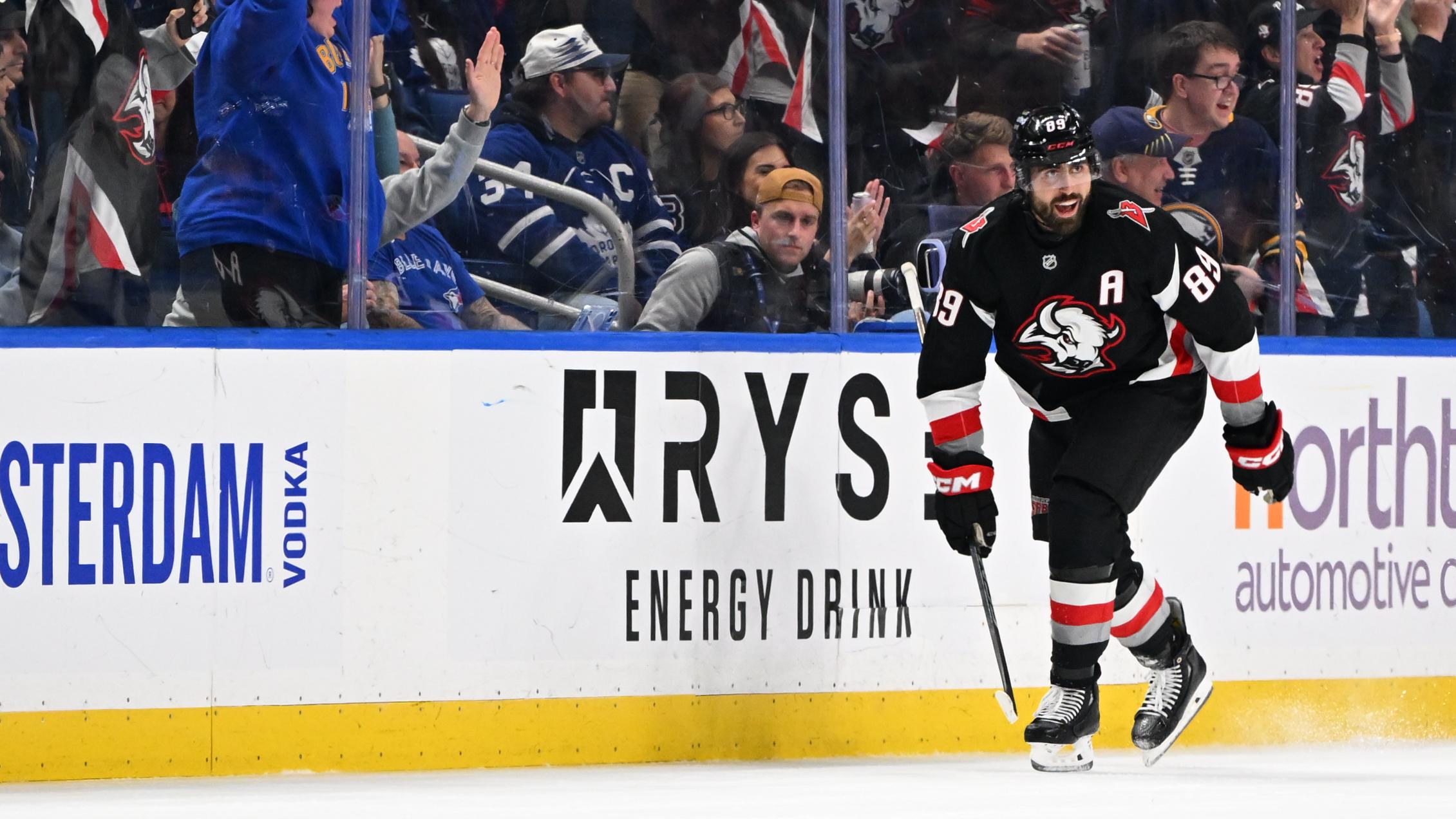
Way-Too-Early Predictions for 2026 NHL Free Agency
It was only a few months ago that the 2026 NHL free-agency class was going to be one of the most significant and most impressive the league had ever seen.
Connor McDavid, Kirill Kaprizov, Jack Eichel, and Kyle Connor were among the superstars entering the final year of their contracts for the 2025-26 season, and it was enough to make fans of teams with salary-cap space start dreaming about what could be next summer.
Then, one by one, all of the biggest names started re-signing with their current teams.
McDavid re-signed in Edmonton. Kaprizov re-signed in Minnesota. Eichel re-signed in Vegas. Connor re-signed in Winnipeg. It has put a dent in the potential excitement for the first day of free agency in July.
Even though we are still early in the 2025-26 season, we're going to jump ahead to the summer and make some early (perhaps way-too-early) predictions for what the free-agent market might look like. We base this especially on what we have seen this season and may still see in the months ahead.
Lower Expectations For Who Will Be Available
1 of 5
There is a lesson to be taken from the contract extensions of McDavid, Kaprizov, Eichel, and Connor: Do not get too excited about free-agency classes more than a year ahead of time.
When it comes to the best players in the NHL, teams tend to do whatever they have to do to keep them. That is especially true for the truly dominant players like McDavid and Kaprizov. The MVP-level players do not typically reach unrestricted free agency. There is always a way to get the contract signed.
Beyond that, NHL teams have a tendency to take the expected, lowest-risk path, and keeping the player you know is usually easier than trying to make a blockbuster move.
The quartet mentioned above will not be the only pending free agents to re-sign with their current teams.
Adrian Kempe with the Los Angeles Kings would be a good re-signing candidate. Does Colorado like what it sees from Martin Necas? Is John Carlson a one-franchise player with the Washington Capitals? Does Nick Schmaltz's big start with the Utah Mammoth make him a potential re-signing candidate? We could be looking at a free-agent class in July 2026, headlined by Schmaltz, Anders Lee, and Alex Tuch.
Offer Sheets Still Won't Be a Thing
2 of 5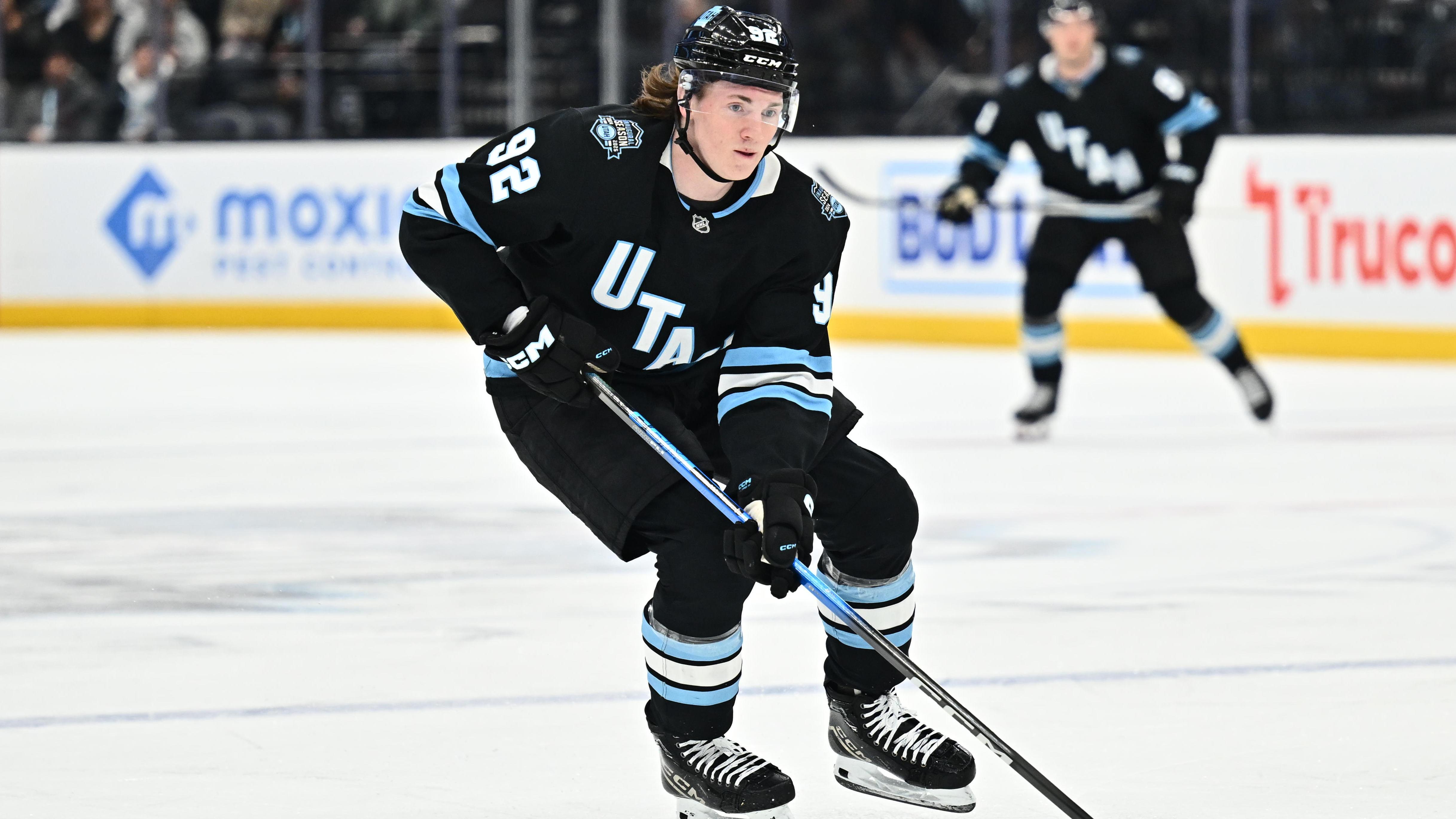
It's easy to do. We do it every spring and summer, and even every season when looking ahead. But when you start to get excited about potential offer sheets for restricted free agents, just know you are setting yourself up for disappointment again.
Did you really think Utah was going to let somebody poach Logan Cooley the way he is developing? Or that he would not get a new long-term contract extension like the eight-year, $80 million deal he signed on Wednesday?
Is Chicago really going to let Connor Bedard get to that point?
Of course not!
In the salary-cap era (since the start of the 2005-06 season), only 12 offer sheets have actually been signed. Only four were not matched. And while you might look at that and say the past three offer sheets that were signed were all successful, that still might not apply to this offseason ahead.
The Blues' successful poaching of Philip Broberg and Dylan Holloway from the Edmonton Oilers was about a team targeting a cap-strapped franchise that lacked the flexibility to match offers for second-tier players.
It was also under the mostly flat salary cap.
Now that the cap is booming and will continue to do so, there are fewer teams in that situation. Everybody has cap space. Many teams need to spend money. Matching offer sheets won't be as much of an issue.
Artemi Panarin Will Probably Get Overpaid
3 of 5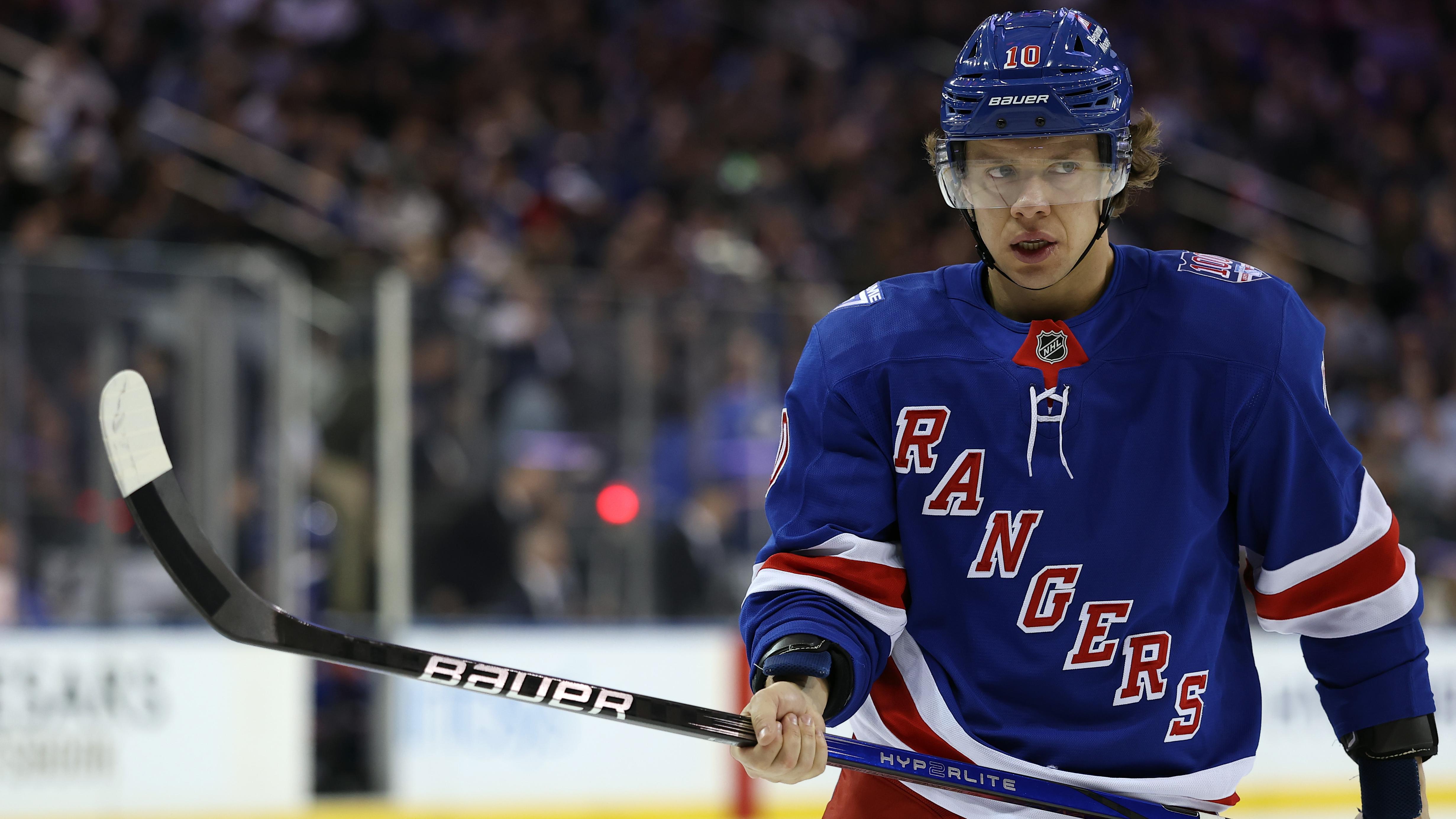
While most, if not all, of the in-their-prime superstars will eventually re-sign with their teams, Panarin might be the one big name that does get to the open market.
If he does, that should come with a big label of "buyer beware" slapped across the front it.
Panarin's current contract with the New York Rangers is one of the rare examples of a big-ticket, long-term free-agent signing actually working out as hoped.
His arrival helped jump-start the Rangers' rebuild, and he mostly performed as expected, delivering some truly elite offensive years. It was a successful signing, even if the team's success was not what New York had hoped for throughout that process.
His next contract may not be as fruitful for the team that gets him.
While he is still productive offensively, he will be 35 when his next contract begins and is already showing signs of slowing down a bit. A lot of his individual 5-on-5 numbers per 60 minutes are starting to decline, and if he is not giving you elite offense, there is not much here to build around.
He is still a big name. He might put up some big numbers. Those two things will draw interest, but it may not be what a contender (or hopeful contender) needs to invest big money in.
Patrik Laine Will Be a Great Buy-Low Candidate
4 of 5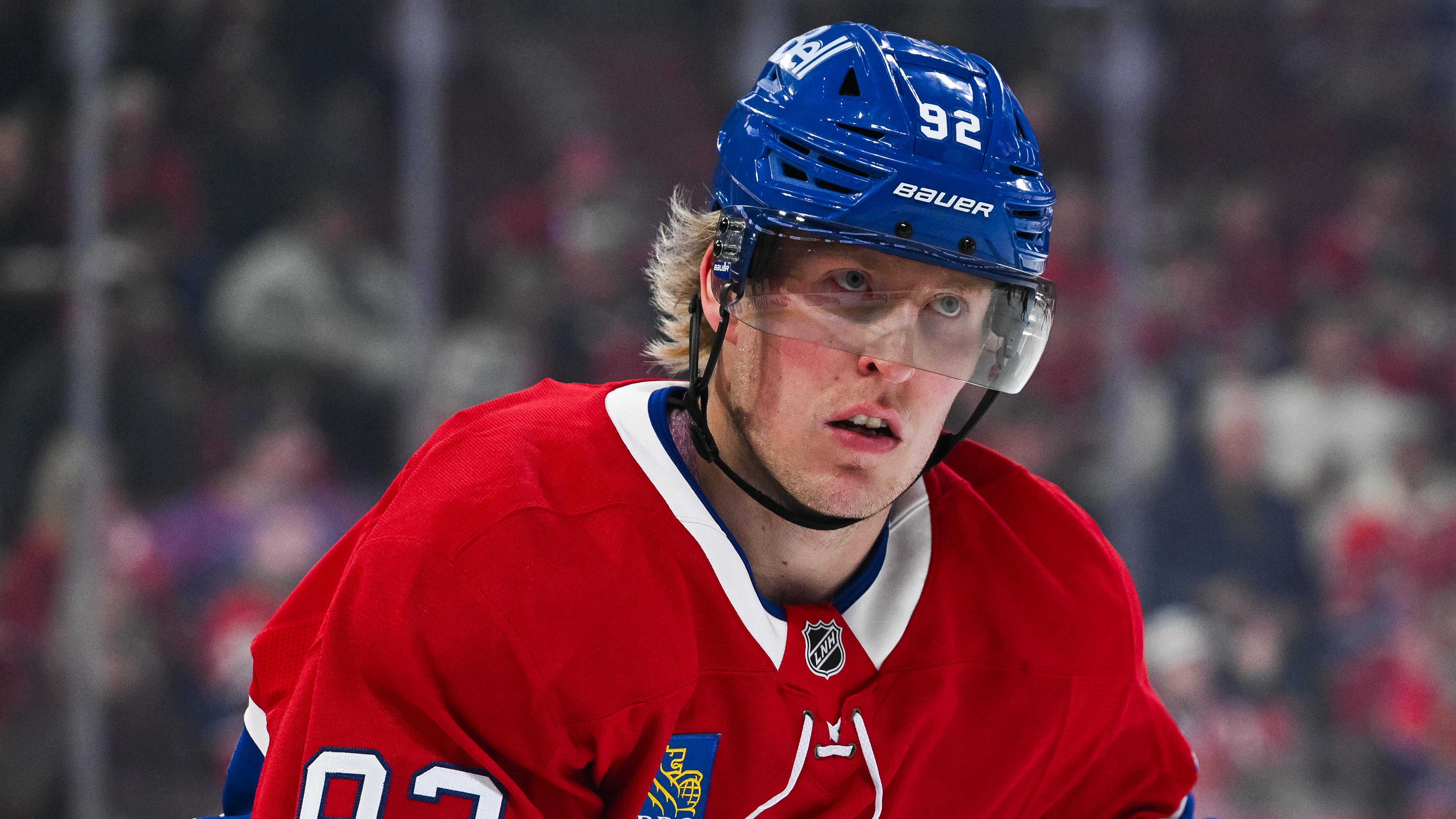
This guy simply cannot catch a break.
When healthy, Patrik Laine is a gifted goal-scorer with a booming shot. He averages 35 goals per 82 games and scored 20 in only 52 games for the Canadiens a year ago.
However, staying on the ice is the biggest problem. This is the sixth consecutive season in which he will miss significant playing time, and it's just created this gigantic "what if" about his career and what he might be able to contribute to a team.
It will also probably hurt his potential free-agent value.
How much money and how many years will teams want to invest in a skilled, even if somewhat one-dimensional, player who has consistent injury issues? It might not be a lot.
However, that doesn't mean he won't be valued and won't be worth signing. In what will ultimately end up being a thin free-agent class at the top with some risky long-term investments, taking a short-term flier on Laine to see if he can stay healthy and bounce back could be a great investment for a goal-needy team.
Player Movement in General Might Be Slow
5 of 5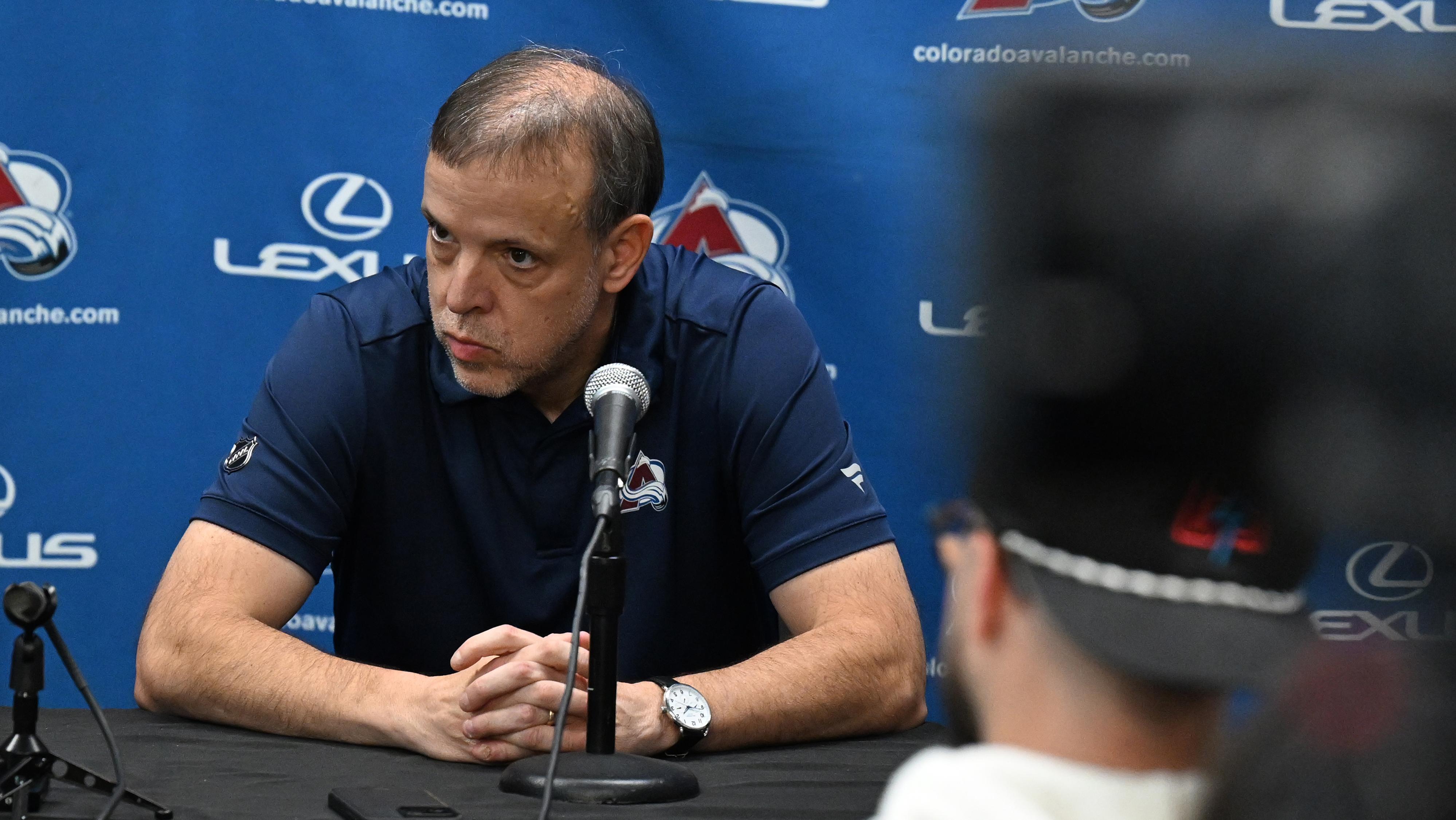
We already got a taste of this over this past offseason. When the summer of 2025 began, we were swimming in high-profile trade rumors from the NHL draft through the start of free agency. The names you expected. Big names you didn't expect.
You wouldn't believe the names that were rumored to be on the market and could get moved. That is what we heard every day for weeks.
And then .... nothing really happened.
At least nothing seismic. Nothing that brought you out of your seat.
Nothing that would really change the league or franchises.
There were some big moves, but nothing that was terribly unexpected.
There is a reason for that.
What is typically one of the most significant driving forces behind trades? Money. Salary-cap space. Sure, team needs, contract status, and a desire to improve are also part of it, but money has been a bigger motivating factor in driving trades more recently. Teams not being able to afford somebody or not having the salary-cap space to keep them.
When the salary cap remained mostly flat, or was significantly lower than it is now, teams would be under more pressure to move out contracts and make bigger moves.
Now that the cap is experiencing the kind of increases it has never seen before, there are not many teams really facing that sort of salary-cap crunch. So, unless somebody really finds a perfect match for a hockey-driven trade, you might not see a lot of player movement. Again.
That also applies to this year's trade deadline in season.
Get comfortable with the roster your team has now, because it might be what it looks like for a while.
What we might need to get more player movement is a market correction on contracts amid the rising salary cap. Right now, contracts that looked like they might have been small overpays (or even big overpays) a couple of years ago are looking far more manageable. Even the new contracts being signed are lower than they could be. That won't continue as the market keeps getting reset.
Now that teams have more money to spend, contracts (in theory) should increase. That means the second and third-tier players are going to start getting more and more, and eventually getting back into "that guy got how much?" range. That is when the salary-cap space will start to trickle away again, and when teams will be backed into a corner to make more moves.
We are not there yet. It is going to take some time.
